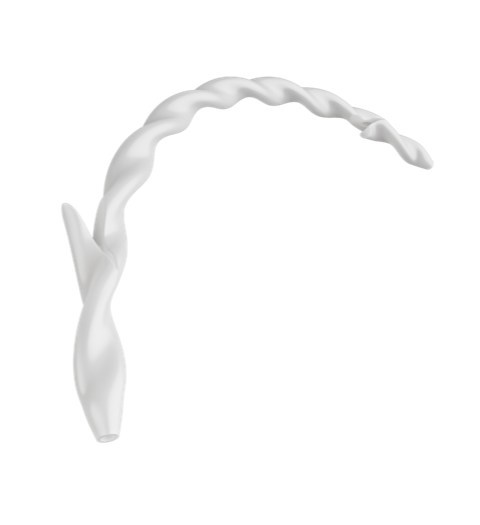
The patient was presented with pain and an elevated bilirubin score which necessitated further investigation. A 2 cm ampullary benign tumor or adenoma was discovered in and around the duodenal papilla.
An Endoscopic Ultrasound (EUS) was performed to rule out further intraductal growth and then an ampullectomy was performed to remove the benign tumor. An ARCHIMEDES stent was then placed to minimize the risk of pancreatitis post the ampullectomy.
Professor Anthony Teoh stated after the case, “[I] wanted to use the biodegradable stent for this patient, as it is extremely beneficial to avoid having to bring the patient back for a repeat procedure.”
“This represents a great milestone to have the first ARCHIMEDES stent placed in China,” remarked Paul Li, President and General Manager of China Pioneer Pharma Holdings Ltd. “ARCHIMEDES and the biodegradable product pipeline as a whole represent a major paradigm shift and we are proud to be a principle driver in the technology.”
Eric Mangiardi, CEO and President of Q3 Medical said, “We continue to see the global adoption of our innovative products and how powerful they have been in changing the treatment algorithm for physicians and their patients.
We are incredibly honored and proud to have Professor Teoh be the first user in Hong Kong of our groundbreaking technology, as we see this as a direct link to China and helping people there suffering from these life-threatening diseases.”
The ARCHIMEDES Biodegradable Biliary/Pancreatic Stent is the only fully biodegradable stent approved for placement in obstructed biliary or pancreatic ducts, in the world. While biliary and pancreatic duct stents are typically made of plastic or metal, amg’s ARCHIMEDES stent is made of a combination of dissolving materials permitting different rates of degradation depending on the clinical indication.
The ARCHIMEDES stent is designed to completely degrade via hydrolysis in approximately 12 days, 20, days or 11 weeks, depending on its composition. The stent is designed to maintain duct patency, without occlusion as it degrades, due to its patented design. It is intended as an option to potentially avoid repeat procedures to remove traditional non-biodegradable plastic stents, avoiding additional cost of care and risk for patients.
Source: Company Press Release






